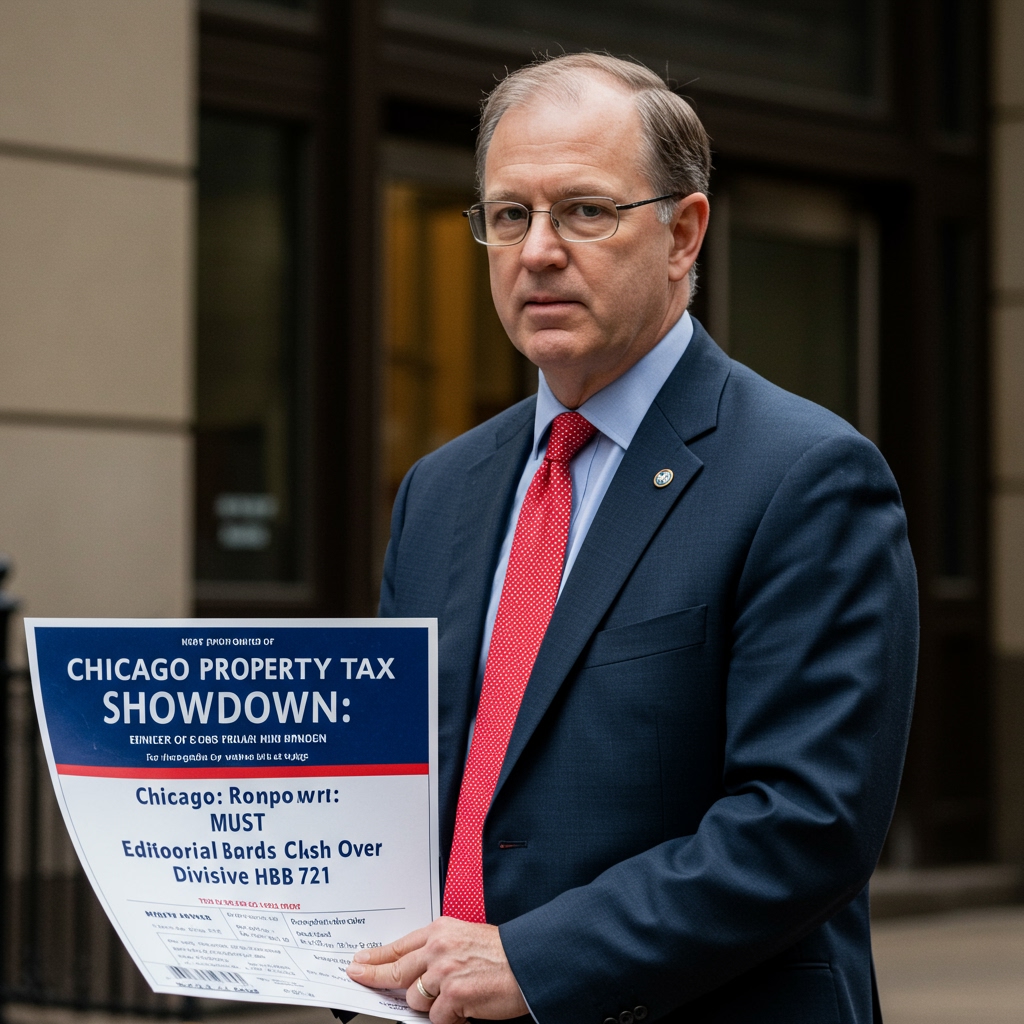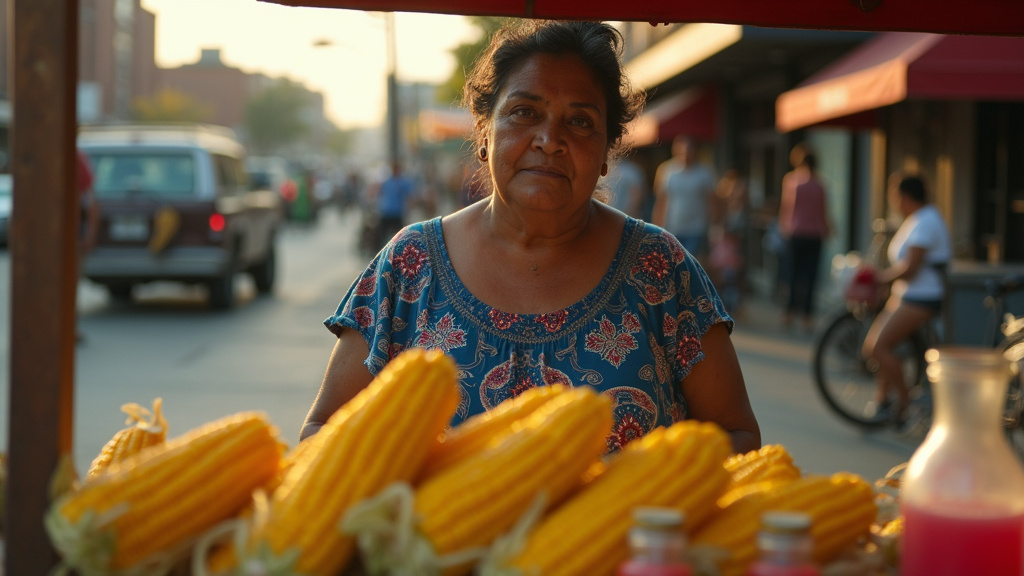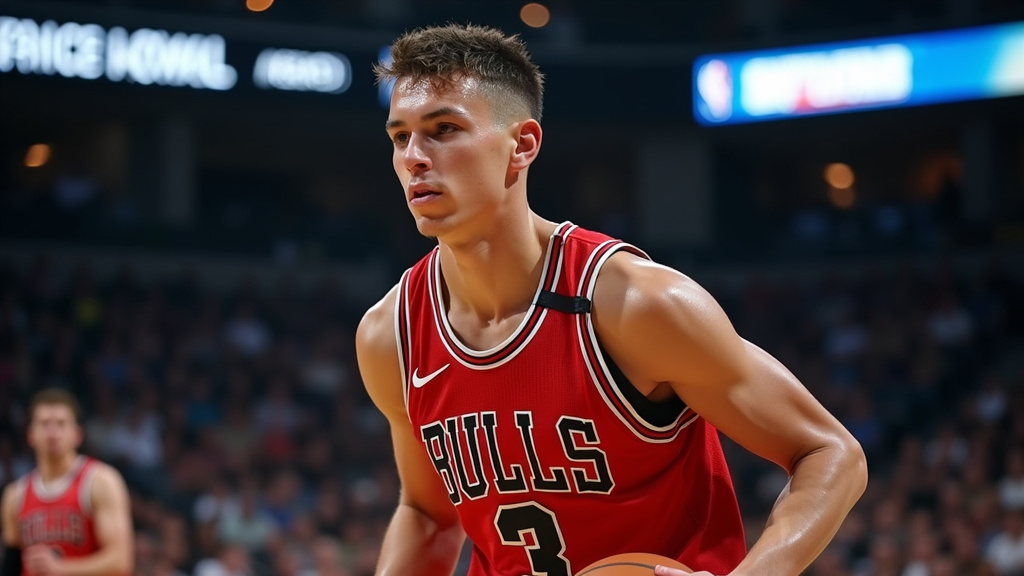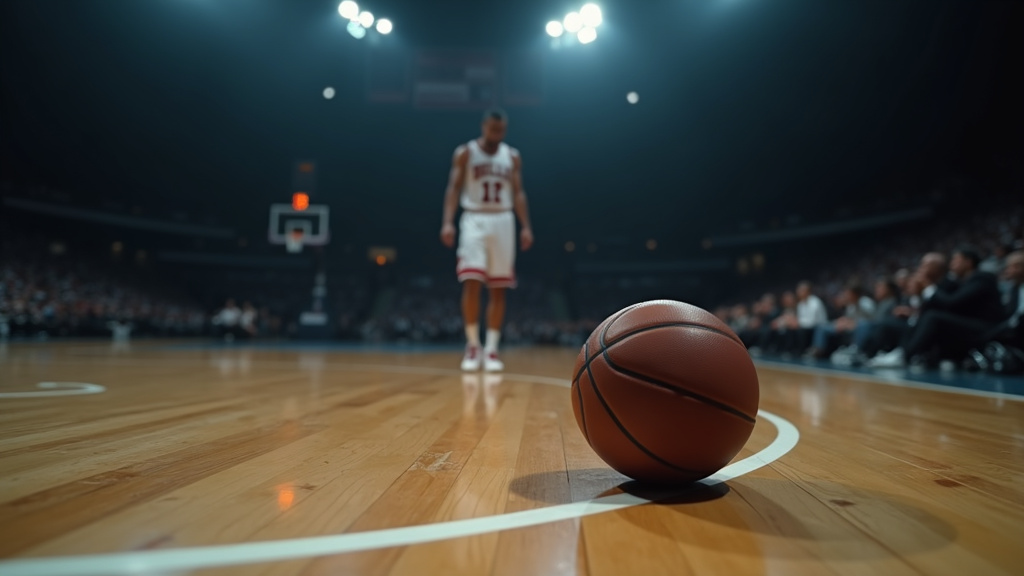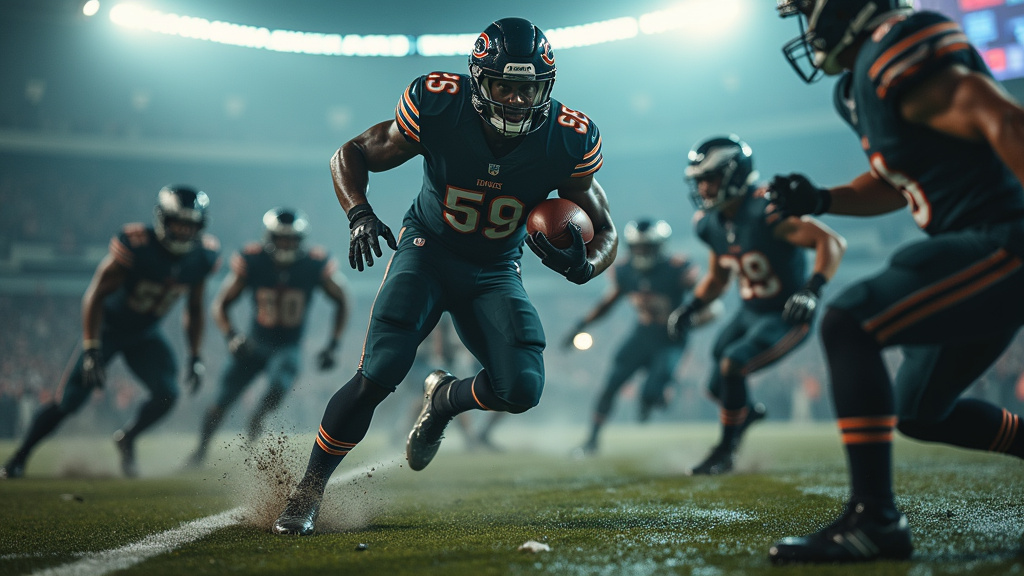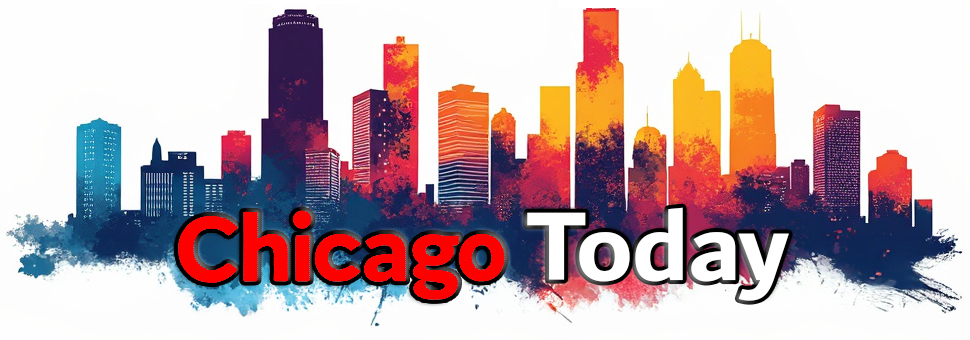Chicago, IL — Chicago experienced a notable decline in gun violence over the recent four-day Fourth of July holiday weekend, recording the lowest numbers for this period in six years. While public safety remains a contentious political issue, the statistics released following the holiday suggest a significant improvement compared to previous years.
According to data compiled by the Chicago Sun-Times, a total of 44 people were shot across the city between Thursday evening and Sunday night, with seven fatalities resulting from these incidents. This marks a substantial decrease when juxtaposed with the same holiday period in 2024, which saw 100 people shot and 19 killed. The figures also represent an improvement over 2023, when 73 shootings resulted in 11 fatalities.
This data point, showing the lowest number of shootings and fatalities for the holiday weekend in six years, provides a specific metric in the ongoing public discourse surrounding crime trends in the nation’s third-largest city.
Contextualizing the Decline: A National Trend
The reduction in violence aligns with a broader national post-pandemic trend that has seen many major American cities report decreases in certain categories of violent crime from their peaks in 2021 and 2022. City officials are keen to highlight Chicago’s participation in this positive shift.
Mayor Brandon Johnson has publicly pointed to the weekend’s statistics as evidence of progress in his administration’s efforts to enhance public safety. The mayor’s office and the Chicago Police Department have emphasized strategic deployments and community engagement initiatives as factors contributing to the recent downturn in violence.
Strategic Policing and Outreach Efforts
The decrease over the holiday weekend did not occur in a vacuum. It followed specific operational plans implemented by the Chicago Police Department under the leadership of Superintendent Larry Snelling. These strategies reportedly included concentrating police resources in areas identified as high-crime hotspots and deploying increased patrols to popular public spaces, such as beaches, to deter potential disturbances.
Furthermore, efforts to engage with communities through violence interruption programs may have played a role. The extension of outreach worker hours during the critical holiday period was another tactic employed, aiming to de-escalate potential conflicts and connect individuals with support services before violence could erupt. The combination of increased police presence and expanded community-based interventions is often cited by city officials as crucial in managing crime during traditionally volatile periods.
Public Safety Remains a Political Battleground
Despite the favorable data from the Fourth of July weekend, public safety remains a politically sensitive issue in Chicago. The perception of crime is often shaped less by aggregate statistics and more by individual experiences, local news headlines highlighting specific violent events, and political rhetoric. For many voters, the feeling of safety in their neighborhood can outweigh city-wide data points.
This dynamic creates a challenge for city leaders who wish to showcase positive trends. While a significant drop in violence over a major holiday weekend is a tangible success, the overall narrative surrounding crime in Chicago is complex and deeply embedded in public consciousness.
The Disconnect Between Data and Perception
The article notes that public perception, often fueled by dramatic news headlines and personal encounters or anecdotes, frequently holds more sway with voters than raw crime statistics. This disconnect means that even as data may show a decline in overall incidents, particularly specific types of violence like non-fatal shootings, a single high-profile event can significantly impact how residents feel about safety in their city.
For instance, the recent River North mass shooting that tragically resulted in four deaths serves as a stark reminder of the persistent challenges and the potential for isolated, horrific acts of violence to dominate headlines and shape public opinion, regardless of broader statistical trends. Such incidents can overshadow positive data points and fuel public anxiety.
Future Political Implications
The political sensitivity of the crime issue suggests that it will remain a central theme in future electoral contests in Chicago. Potential future mayoral opponents of Mayor Johnson are likely to focus on specific, high-impact violent incidents, like the River North shooting, rather than conceding ground based on positive overall crime data or holiday weekend statistics. They may argue that despite statistical improvements, the city has not achieved a sufficient or sustainable level of safety.
The challenge for the current administration will be to consistently demonstrate not only a reduction in crime figures but also a tangible improvement in the felt sense of safety across all neighborhoods. This requires sustained efforts, effective communication of progress, and addressing the root causes of violence, alongside visible policing and strategic interventions.
In conclusion, Chicago’s dramatically quieter Fourth of July weekend offers a statistical win in the fight against gun violence, providing city leaders with data to support claims of progress. However, the ingrained public perception of safety, influenced by individual events and political debate, ensures that crime will remain a potent and complex issue at the forefront of the city’s political landscape.



